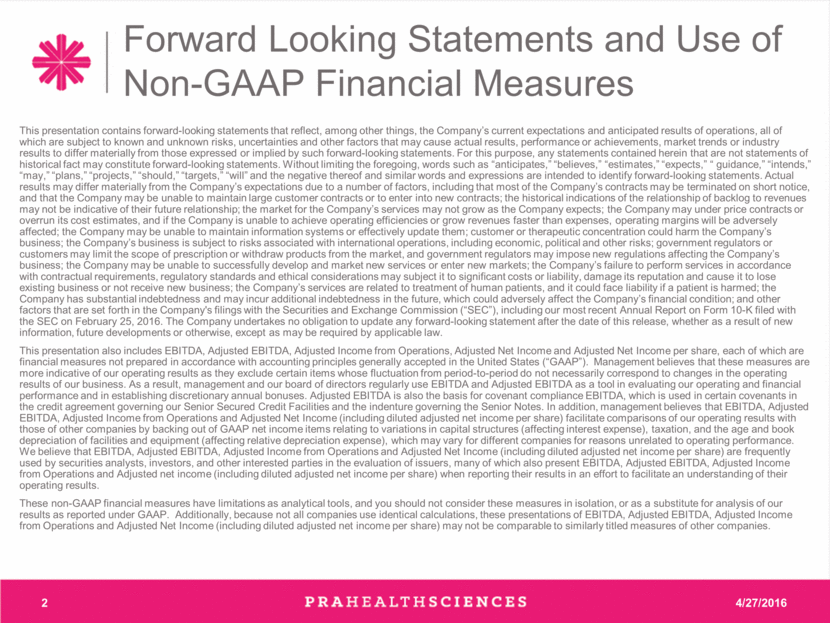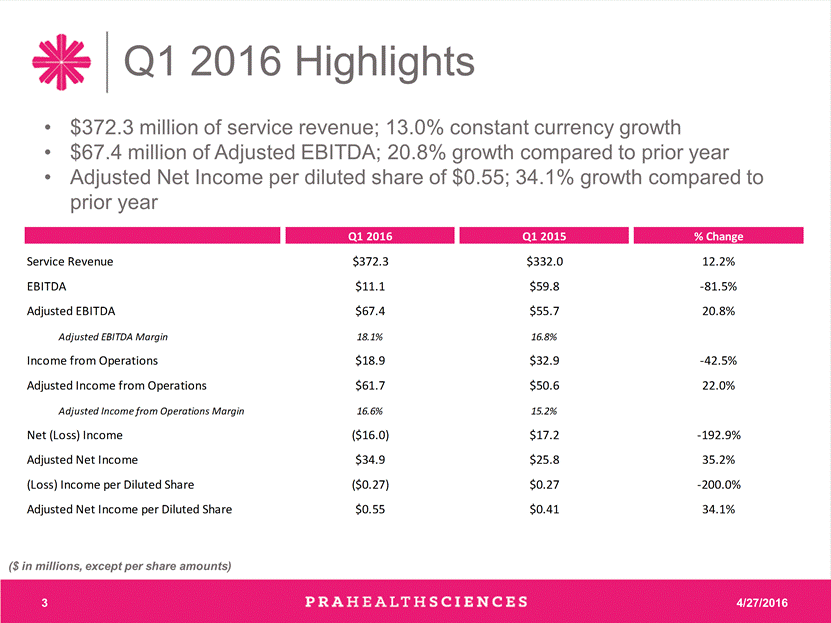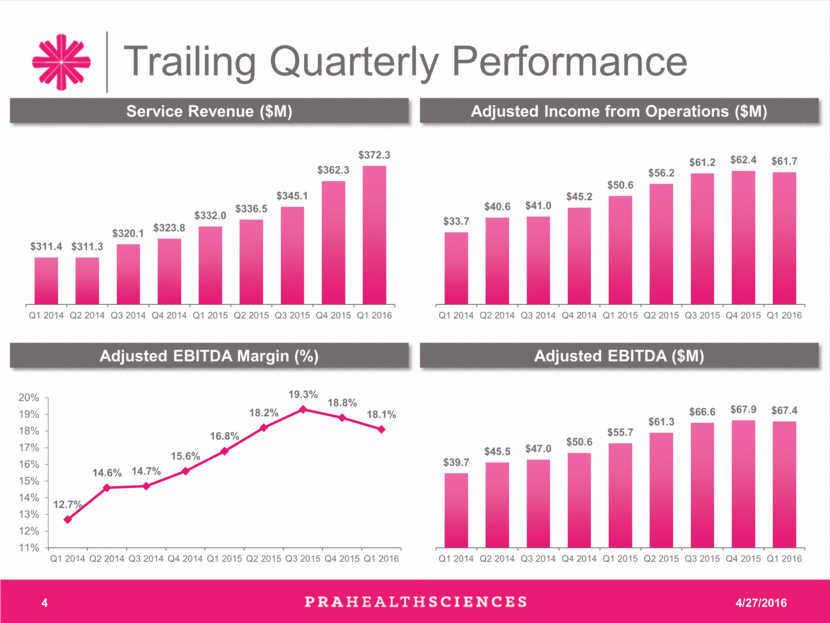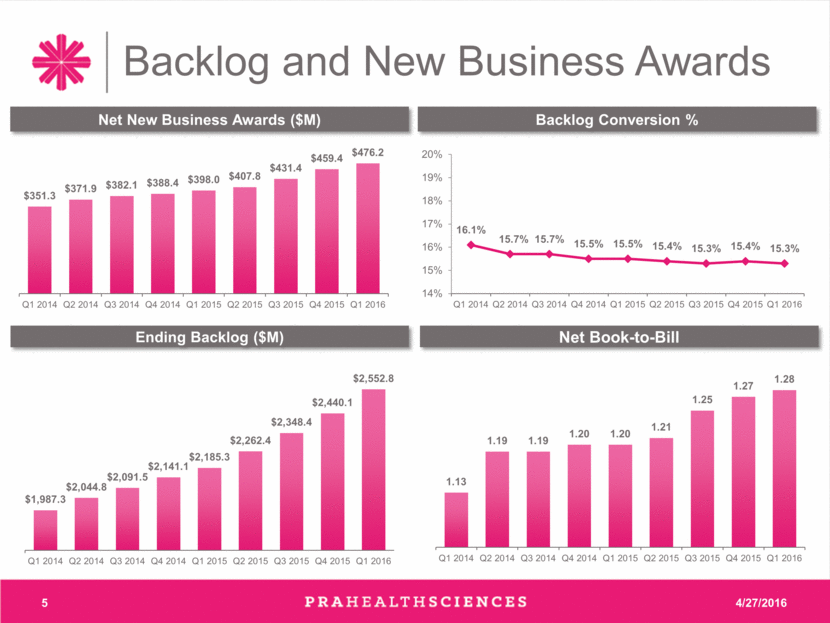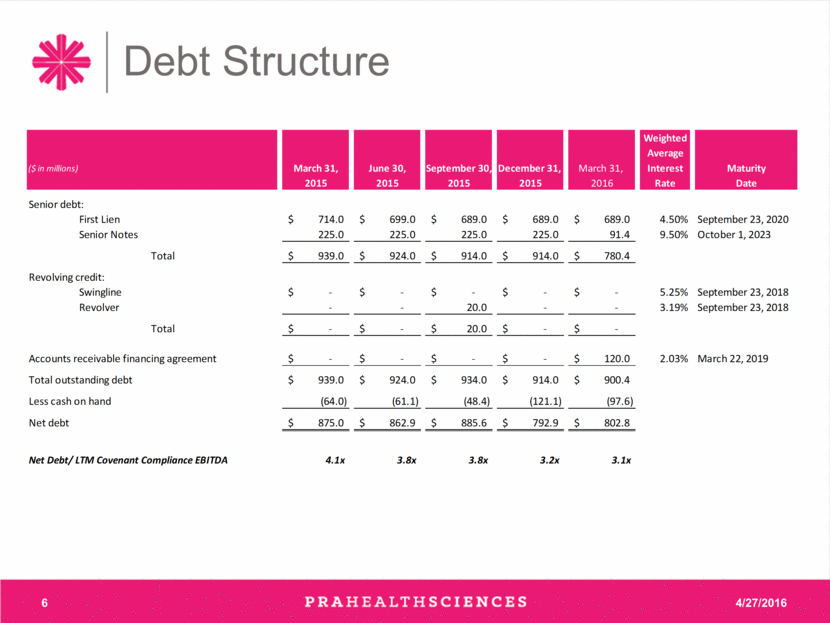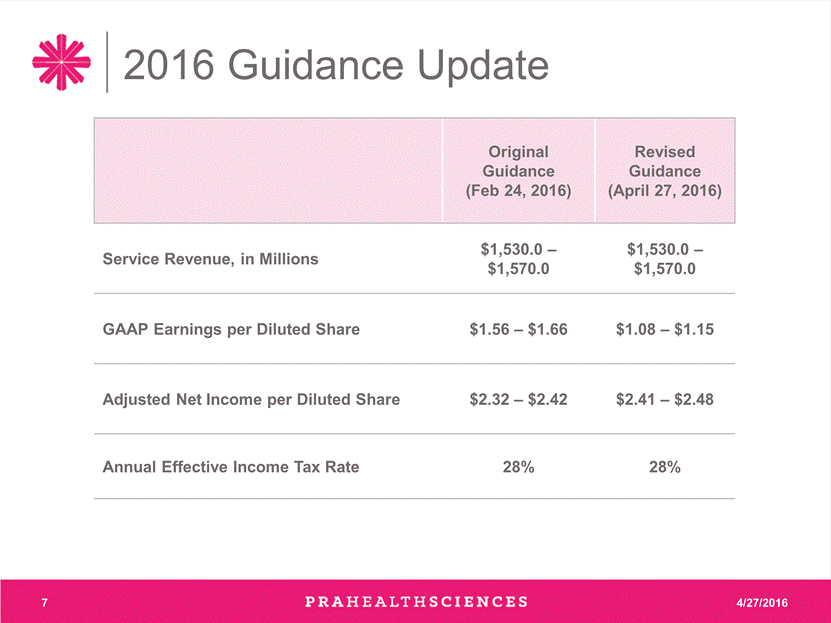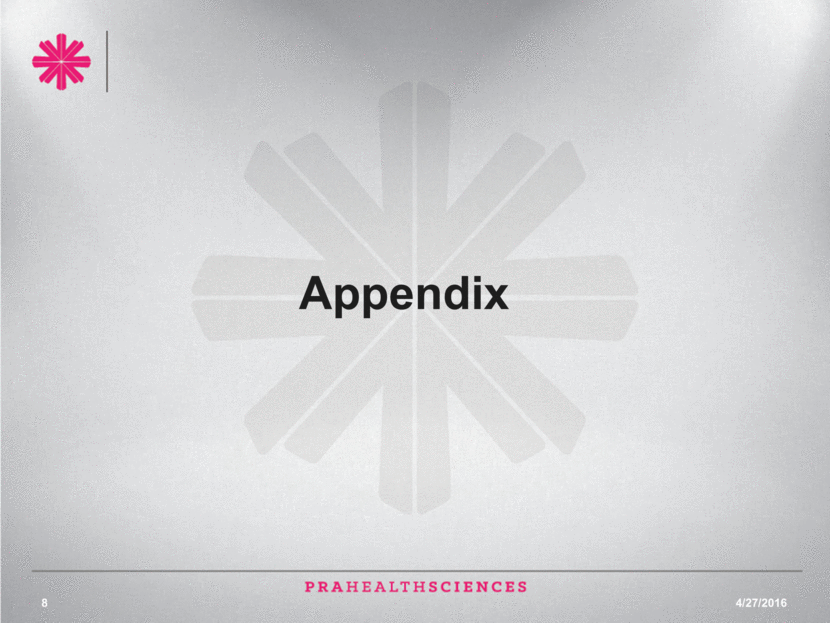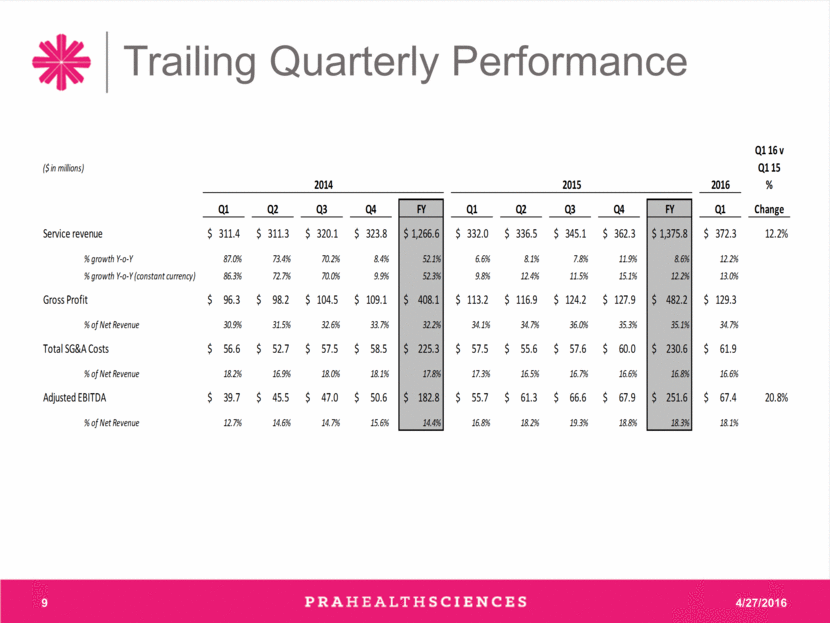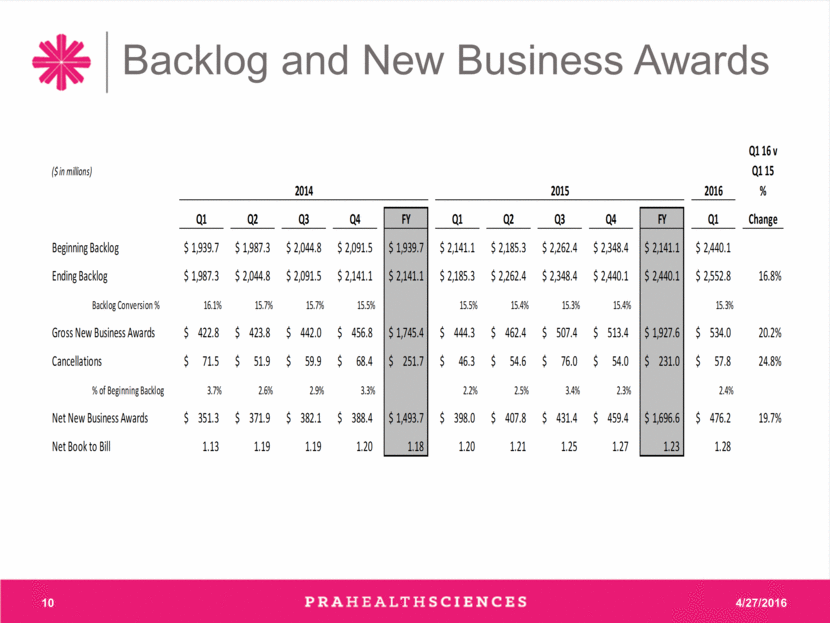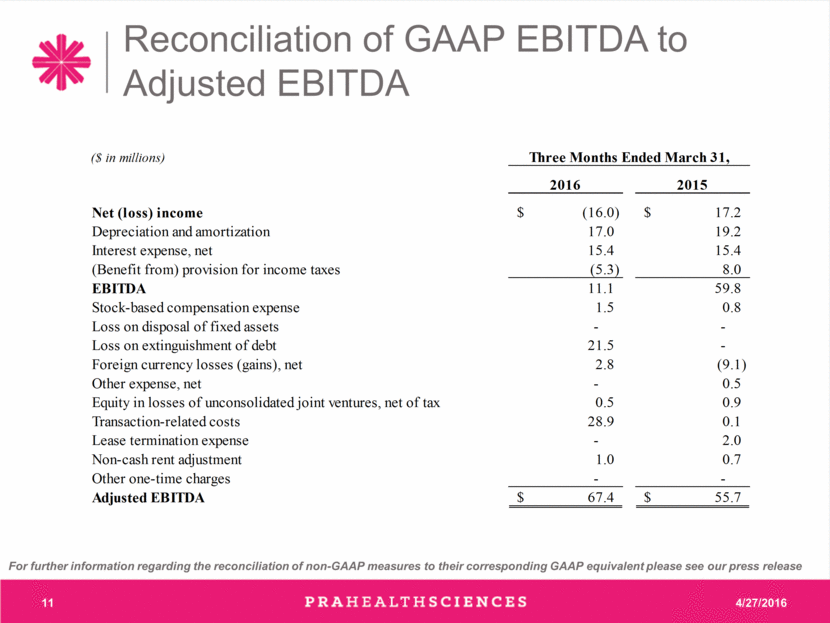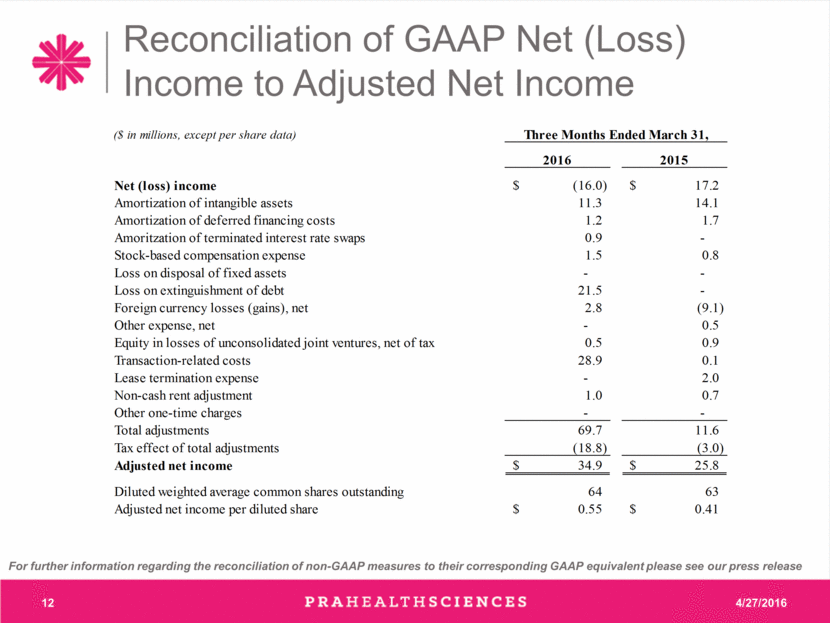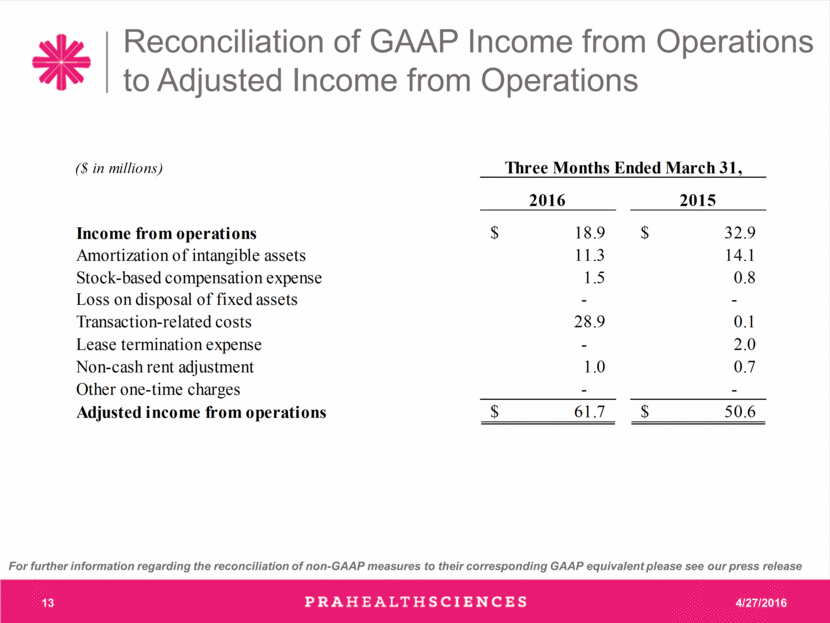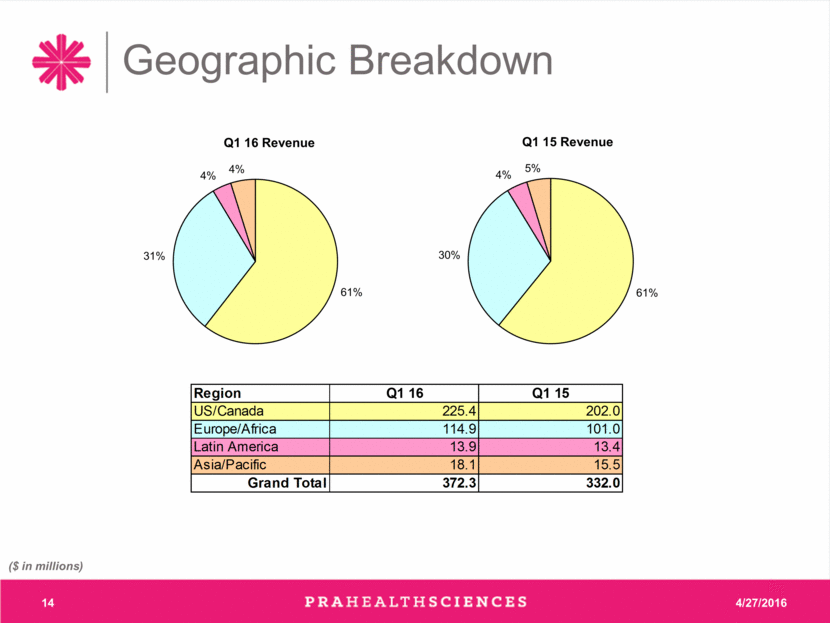Forward Looking Statements and Use of Non-GAAP Financial Measures This presentation contains forward-looking statements that reflect, among other things, the Company’s current expectations and anticipated results of operations, all of which are subject to known and unknown risks, uncertainties and other factors that may cause actual results, performance or achievements, market trends or industry results to differ materially from those expressed or implied by such forward-looking statements. For this purpose, any statements contained herein that are not statements of historical fact may constitute forward-looking statements. Without limiting the foregoing, words such as “anticipates,” “believes,” “estimates,” “expects,” “ guidance,” “intends,” “may,” “plans,” “projects,” “should,” “targets,” “will” and the negative thereof and similar words and expressions are intended to identify forward-looking statements. Actual results may differ materially from the Company’s expectations due to a number of factors, including that most of the Company’s contracts may be terminated on short notice, and that the Company may be unable to maintain large customer contracts or to enter into new contracts; the historical indications of the relationship of backlog to revenues may not be indicative of their future relationship; the market for the Company’s services may not grow as the Company expects; the Company may under price contracts or overrun its cost estimates, and if the Company is unable to achieve operating efficiencies or grow revenues faster than expenses, operating margins will be adversely affected; the Company may be unable to maintain information systems or effectively update them; customer or therapeutic concentration could harm the Company’s business; the Company’s business is subject to risks associated with international operations, including economic, political and other risks; government regulators or customers may limit the scope of prescription or withdraw products from the market, and government regulators may impose new regulations affecting the Company’s business; the Company may be unable to successfully develop and market new services or enter new markets; the Company’s failure to perform services in accordance with contractual requirements, regulatory standards and ethical considerations may subject it to significant costs or liability, damage its reputation and cause it to lose existing business or not receive new business; the Company’s services are related to treatment of human patients, and it could face liability if a patient is harmed; the Company has substantial indebtedness and may incur additional indebtedness in the future, which could adversely affect the Company’s financial condition; and other factors that are set forth in the Company's filings with the Securities and Exchange Commission (“SEC”), including our most recent Annual Report on Form 10-K filed with the SEC on February 25, 2016. The Company undertakes no obligation to update any forward-looking statement after the date of this release, whether as a result of new information, future developments or otherwise, except as may be required by applicable law. This presentation also includes EBITDA, Adjusted EBITDA, Adjusted Income from Operations, Adjusted Net Income and Adjusted Net Income per share, each of which are financial measures not prepared in accordance with accounting principles generally accepted in the United States (“GAAP”). Management believes that these measures are more indicative of our operating results as they exclude certain items whose fluctuation from period-to-period do not necessarily correspond to changes in the operating results of our business. As a result, management and our board of directors regularly use EBITDA and Adjusted EBITDA as a tool in evaluating our operating and financial performance and in establishing discretionary annual bonuses. Adjusted EBITDA is also the basis for covenant compliance EBITDA, which is used in certain covenants in the credit agreement governing our Senior Secured Credit Facilities and the indenture governing the Senior Notes. In addition, management believes that EBITDA, Adjusted EBITDA, Adjusted Income from Operations and Adjusted Net Income (including diluted adjusted net income per share) facilitate comparisons of our operating results with those of other companies by backing out of GAAP net income items relating to variations in capital structures (affecting interest expense), taxation, and the age and book depreciation of facilities and equipment (affecting relative depreciation expense), which may vary for different companies for reasons unrelated to operating performance. We believe that EBITDA, Adjusted EBITDA, Adjusted Income from Operations and Adjusted Net Income (including diluted adjusted net income per share) are frequently used by securities analysts, investors, and other interested parties in the evaluation of issuers, many of which also present EBITDA, Adjusted EBITDA, Adjusted Income from Operations and Adjusted net income (including diluted adjusted net income per share) when reporting their results in an effort to facilitate an understanding of their operating results. These non-GAAP financial measures have limitations as analytical tools, and you should not consider these measures in isolation, or as a substitute for analysis of our results as reported under GAAP. Additionally, because not all companies use identical calculations, these presentations of EBITDA, Adjusted EBITDA, Adjusted Income from Operations and Adjusted Net Income (including diluted adjusted net income per share) may not be comparable to similarly titled measures of other companies.
